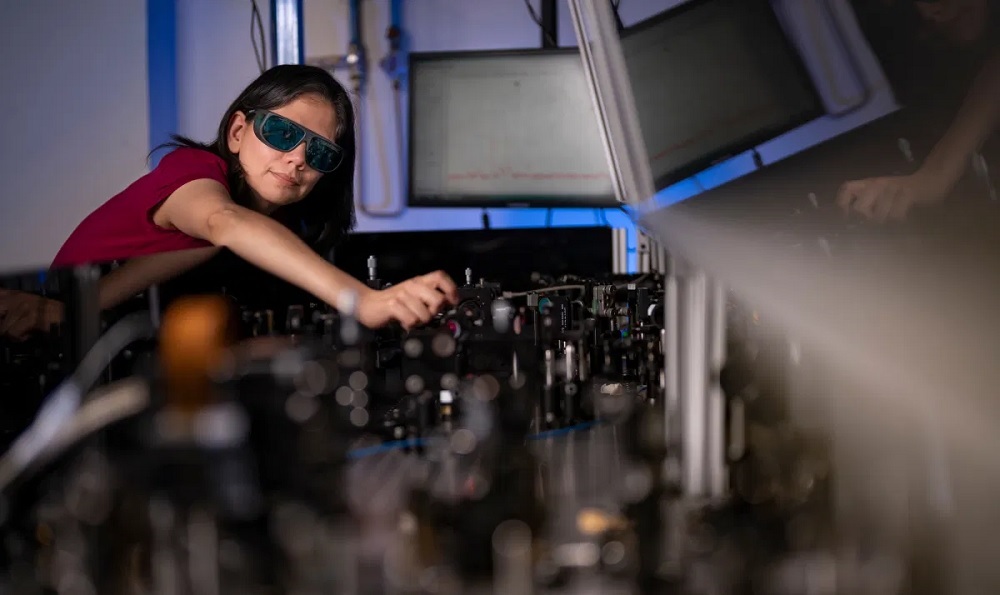
Scientists Develop Tech That Could Give You Night Vision with Standard Eyeglasses

Scientists Develop Tech That Could Give You Night Vision with Standard Eyeglasses
The technology could have applications in security and defense work and in helping people to drive safely at night.

You Might Also Enjoy...

Pickleball-related eye injuries are on the rise due to the sport’s rapid growth in the United States, especially among adults aged 50 and older

Mouth Breathing
Mouth breathing occurs when a person breathes primarily through the mouth rather than the nose, often due to nasal obstruction or other health issues

ALS(Amyotrophic Lateral Sclerosis)
ALS (Amyotrophic Lateral Sclerosis) is a progressive and fatal neurodegenerative disease affecting nerve cells in the brain and spinal cord that control voluntary muscles, leading to muscle weakness, paralysis, and ultimately respiratory failure.

Common Hormones and Their Nicknames
Many hormones also have scientific abbreviations and are grouped by chemical classes (e.g., peptide, steroid, amine). The nicknames often come from their most prominent and publicized effects on health or behavior.

A1C
A1C, also known as hemoglobin A1C or HbA1c, is a blood test that measures the average level of blood glucose (sugar) over the past two to three months.

Joint hypermobility syndrome(JHS)
Joint hypermobility syndrome is when one has very flexible joints because the joints are loose and stretchy when the ligaments that should make them stronger and support them are weak
